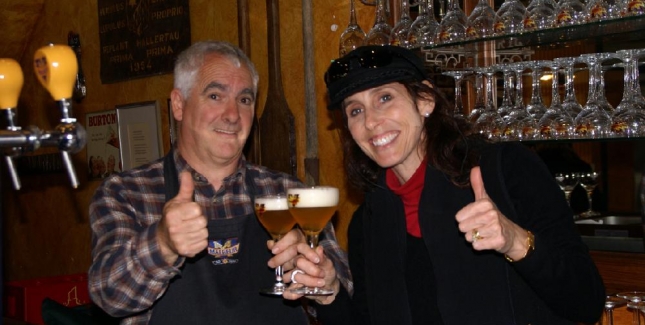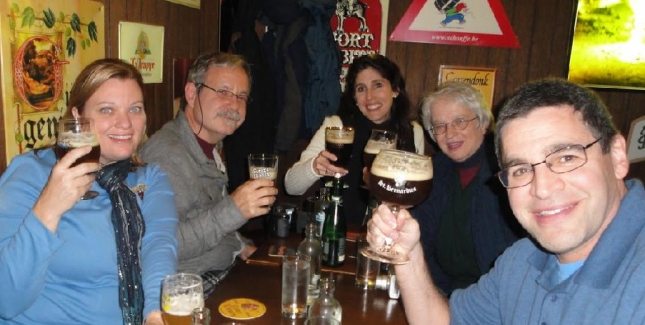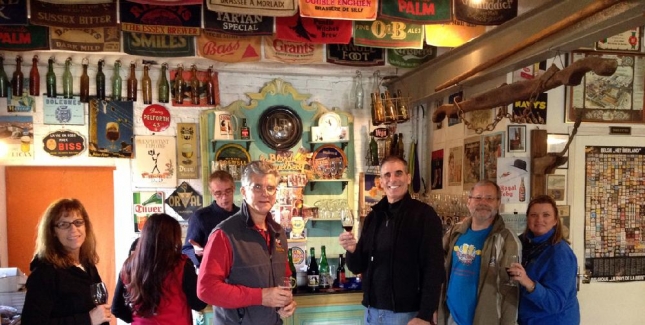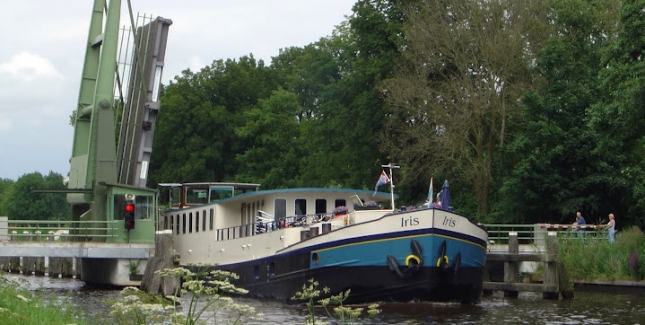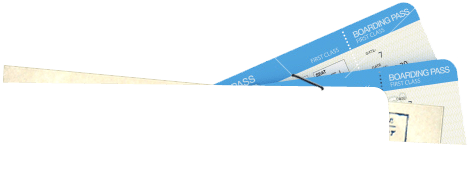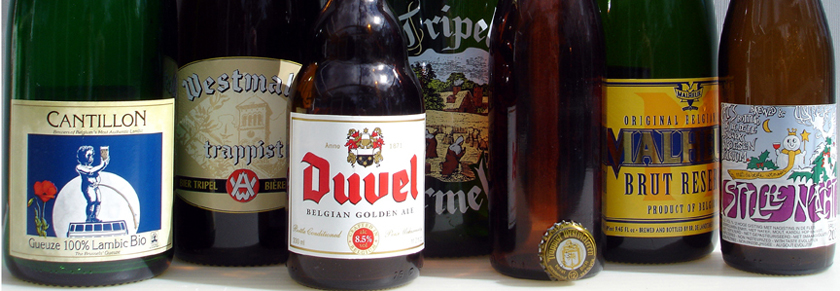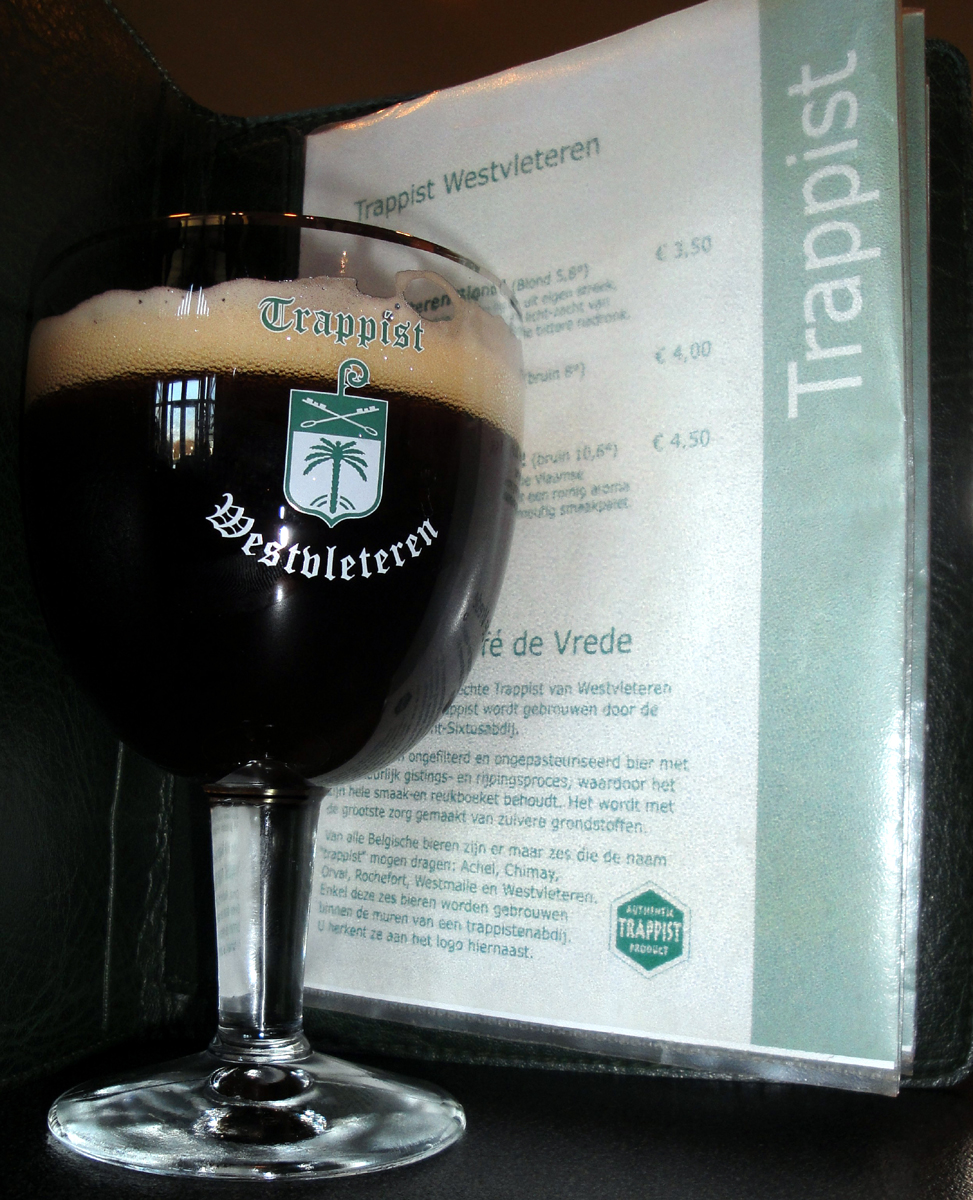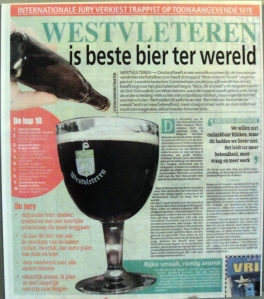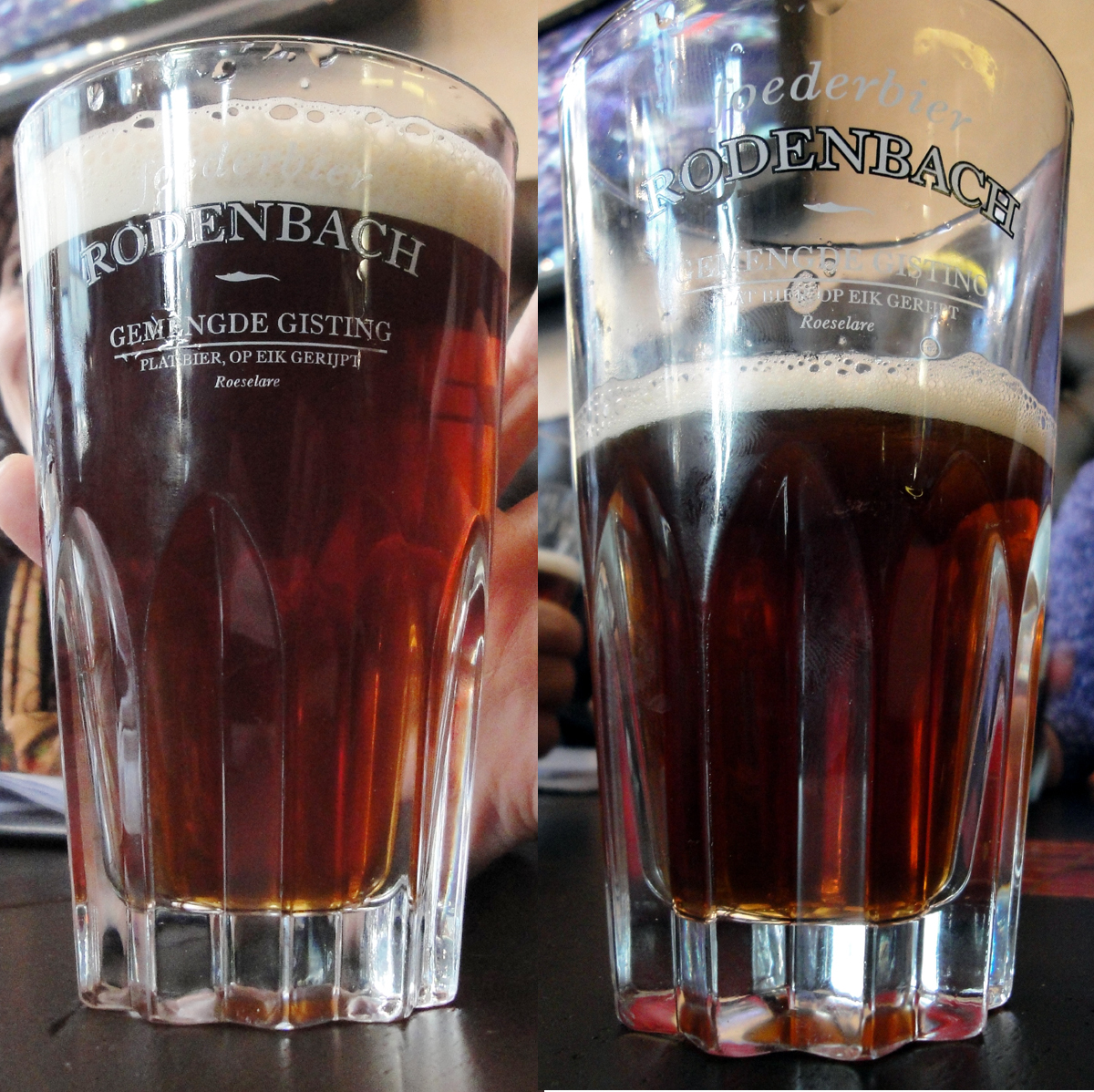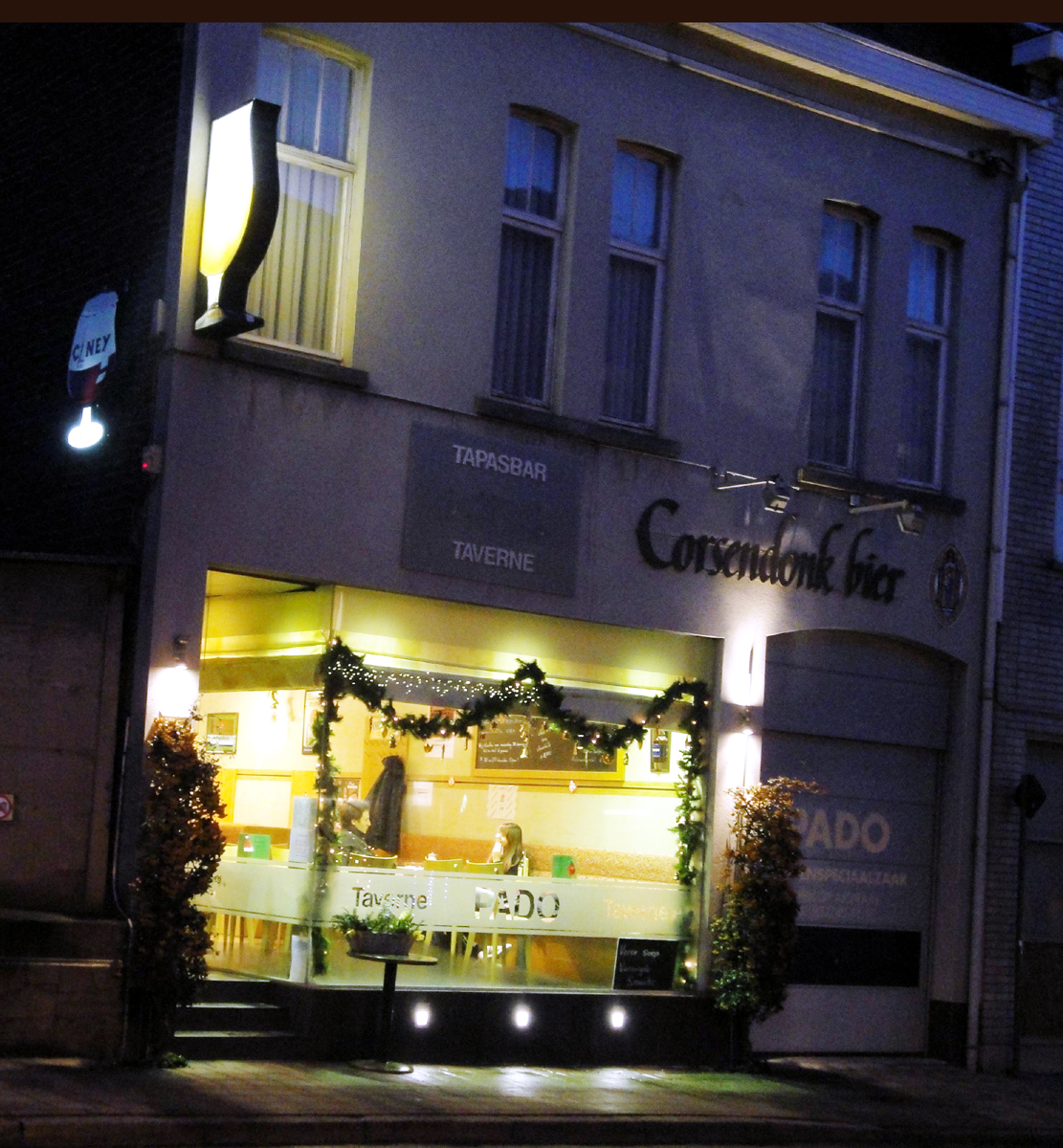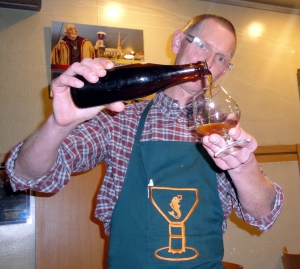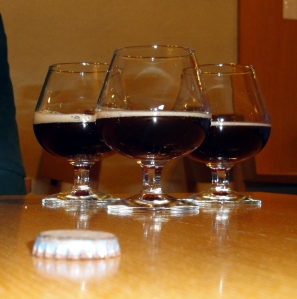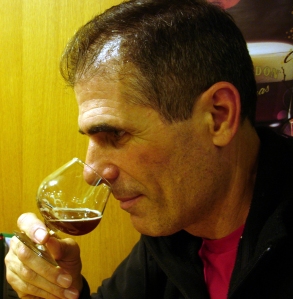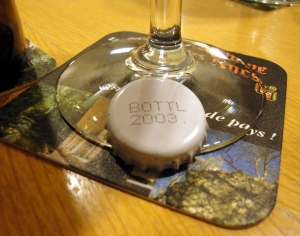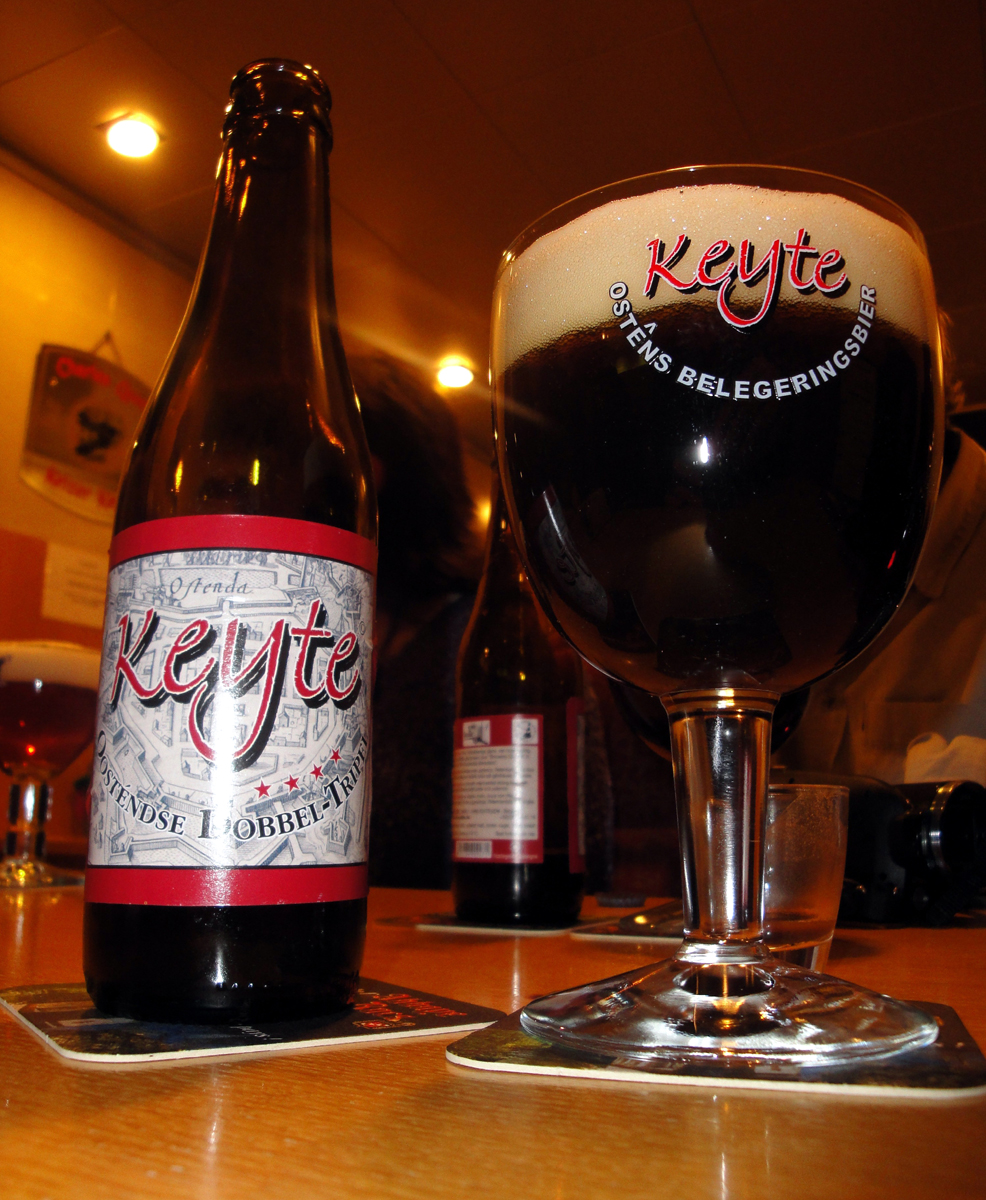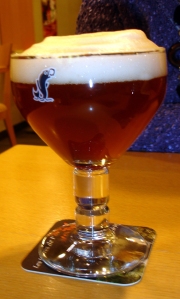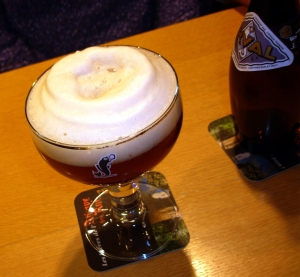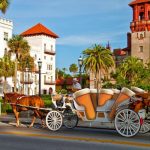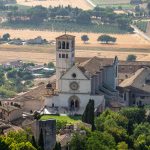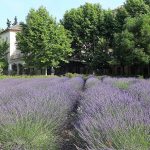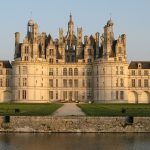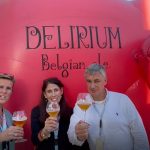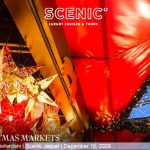We just returned from Belgium after spending 7 days meeting with vendors for our beer tour company Bon Beer Voyage. We visited Bruges, Gent, Mechelen, Antwerp & Brussels. Since our visit was between Christmas and New Year’s most of the breweries were closed, however we were still able to visit over 50 beer related places and tried over 50 beers. We also obtained information to share with you about the prices and beer lists from 26 pubs.This will be a multiple part series as I have too much information to share with you. Over the next few days I will be posting the many beer encounters we had and will try to break it down into small chunks.Part I will review the 1st day of our trip & our “quietest” day in which we had only 3 beer related visits and 7 beers including a tasting of what could possibly be a 40+ years old Westvleteren Extra 8.
Our plane landed in Brussels about 8am. We cleared customs and picked up our luggage quickly. Hopped on the 1st express train we saw to Brussels, 16 minutes later we arrived at the Nord train station. We switched trains & arrived in Bruges a little more than an hour later. The Bruges train station was only a 15 walk to our hotel which was by the Grote Markt, but we decided to take a cab due to our luggage. So less than 3 hours after landing in Brussels, we were safely in our hotel ready for our Belgium Beer Adventure.
Our 1st planned stop of the day was a visit to In De Vrede, the café attached to the Abdij Sint-Sixtus aka Westvleteren. Without a car the best way to get there from Bruges would be to take the train to Poperinge via a change of train in Kortrijk. The trip will take you between 1hr 30 min to 1hr 54 min depending on the train schedule. Then you have a short 6 km journey to the Abbey, either by bicycle, Belbus (a bus you would need to call a few hours before) or walk. Fortunately for us, a “beery good” friend in Bruges offered to drive us. He and his wife picked us up at our hotel. We exchanged Christmas gifts; I got him 2 bottles from Cigar City, Marshal Zhukov’s Imperial Stout & Humidor Series Jai Alai Cedar Aged IPA plus one Cigar City tasting glass. He in turn got me 2 fresh bottles of Westvleteren 12 & one very special EXTRA 8 to taste (see video below).
It was a little less than an hour drive to reach the Abbey from Bruges. 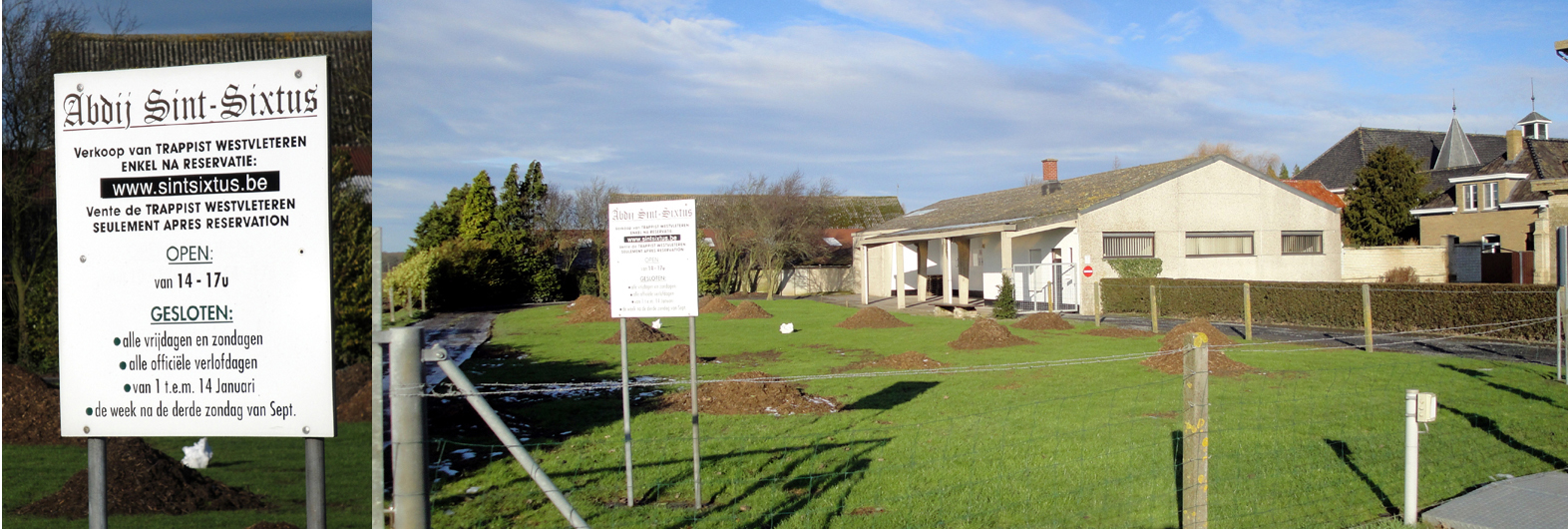 We first stopped to look at the building where the beer “crates” are distributed. Since it was a Saturday, no Westvleteren beers were for sale. Before the monks began having people call to reserve a time to pick up your beer, there used to be days where a line of cars would stretch end to end up to 1.5 km long. The wait to get your beer could be 6 hours or more and if you were lucky, you wouldn’t go home empty handed.
We first stopped to look at the building where the beer “crates” are distributed. Since it was a Saturday, no Westvleteren beers were for sale. Before the monks began having people call to reserve a time to pick up your beer, there used to be days where a line of cars would stretch end to end up to 1.5 km long. The wait to get your beer could be 6 hours or more and if you were lucky, you wouldn’t go home empty handed.
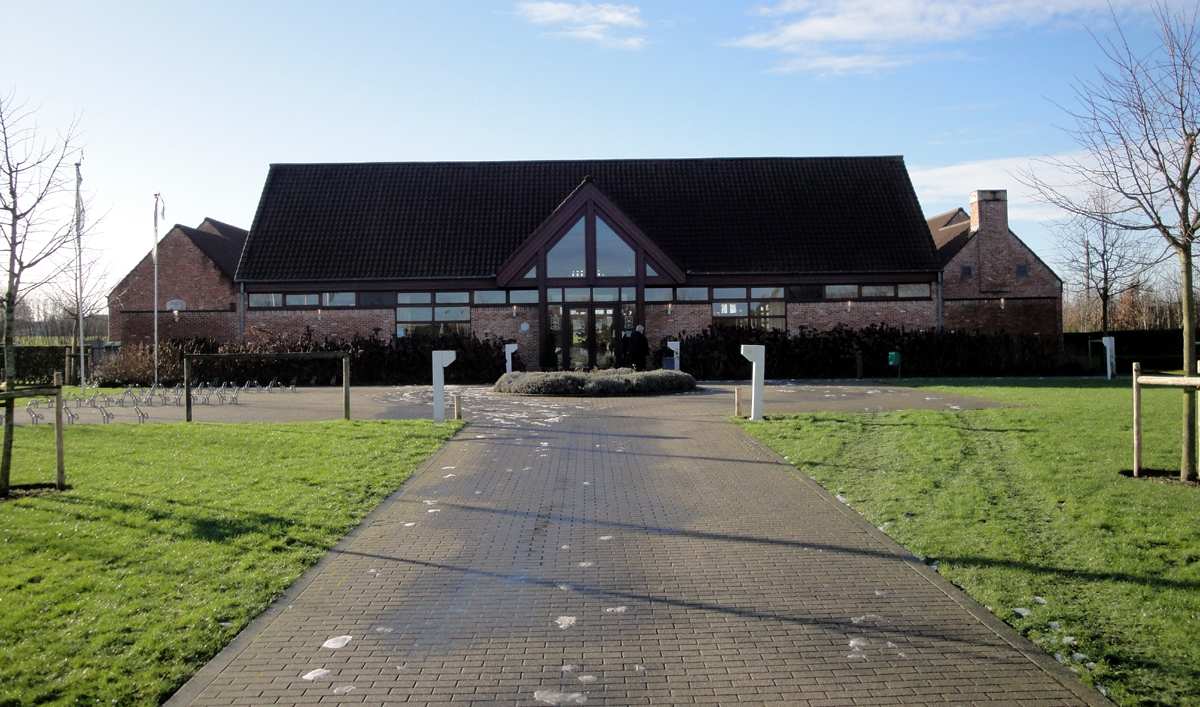
Here is In De Vrede, this is where you can sample the Westvleteren blonde, 8 and 12. They usually allow you to purchase beer here in 6 packs, but again, on Saturdays, they won’t sell beer to “go”, as they need their stock for the café. 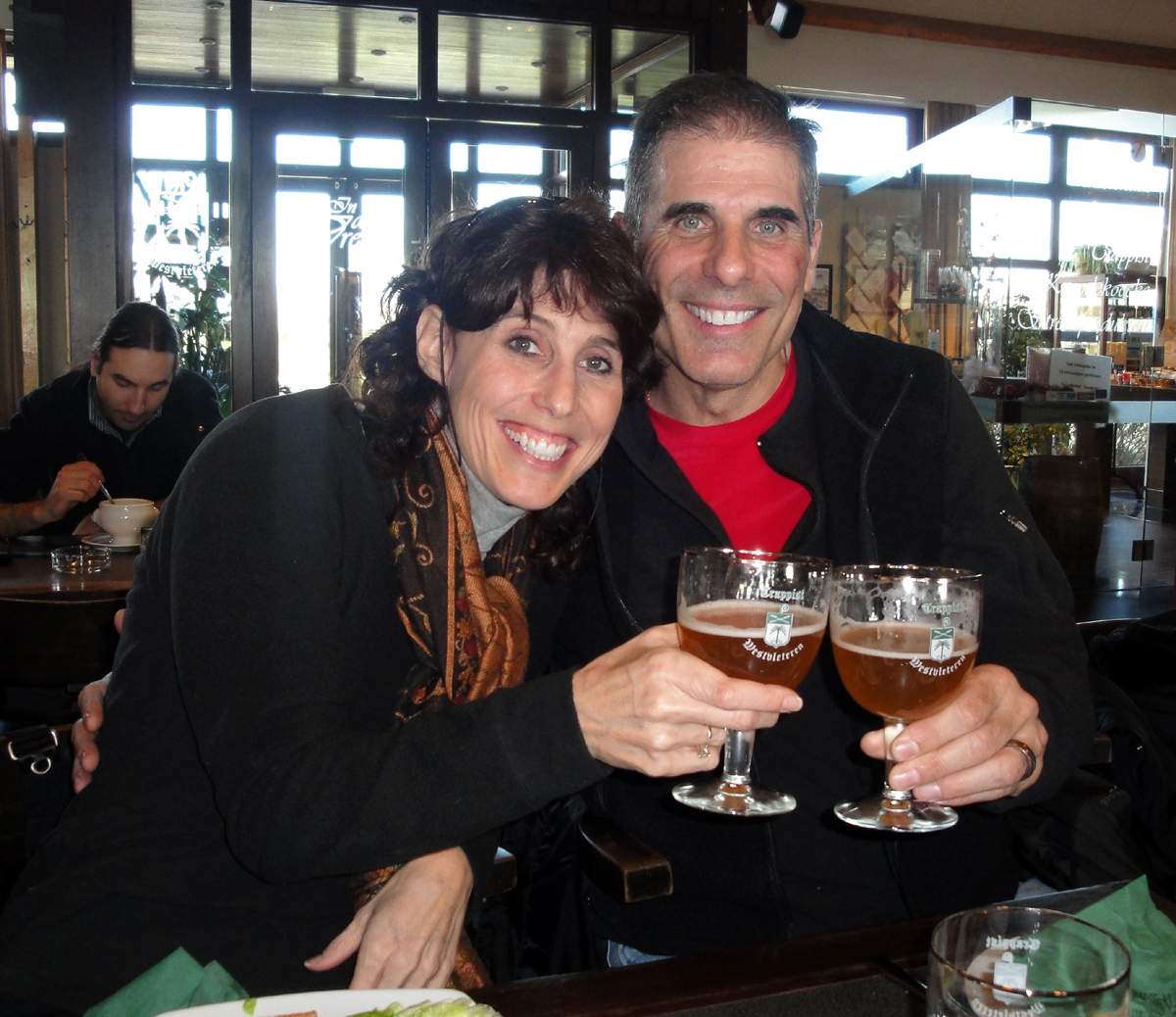 We are enjoying our Westvleteren Blonde, which is their Belgium Pale Ale and is 5.8% abv. at a cost of 3.50 euro. I had this with the croque masion, which is a croque monsieur with a pineapple slice.
We are enjoying our Westvleteren Blonde, which is their Belgium Pale Ale and is 5.8% abv. at a cost of 3.50 euro. I had this with the croque masion, which is a croque monsieur with a pineapple slice.
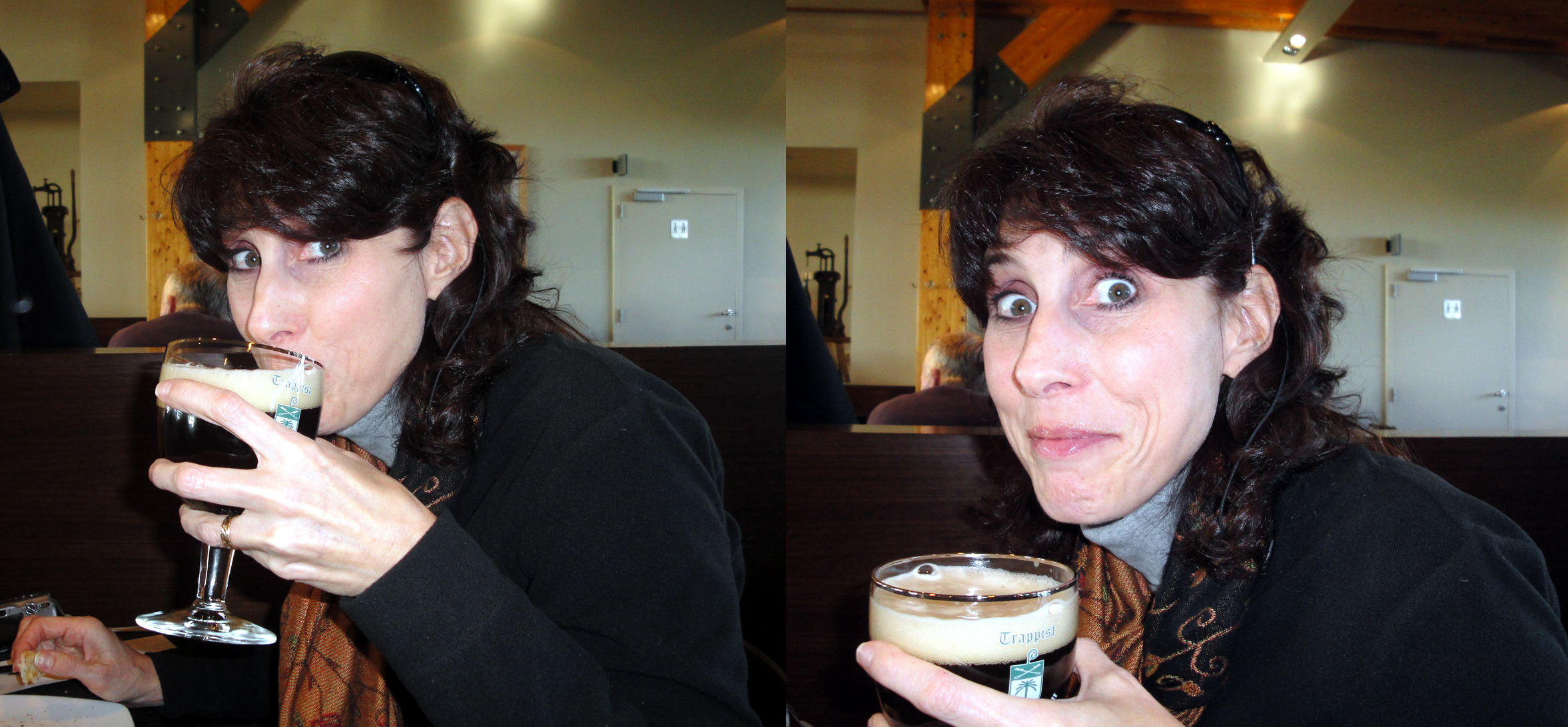 After we finished with the Blonde, we both went for the 12. The Westvleteren 12 is a Quadrupel at 10.2% abv. It looks like Ruth liked it!
After we finished with the Blonde, we both went for the 12. The Westvleteren 12 is a Quadrupel at 10.2% abv. It looks like Ruth liked it!
Here is the beer menu, 3 choices, all very good. There has recently een a price increase; the Blonde is 3.50 euro, the 8 is 4.00 and the 12 is 4.50 euro. All beers are poured from a bottle into their chalice glass before it presented to you at your table.
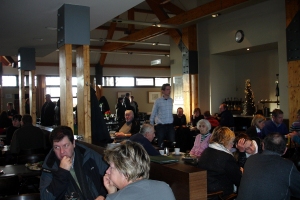
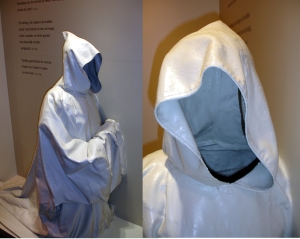 Above is a look at the inside In De Vrede, with an article boosting about them making the best beer in the world (no translation is need). We also captured a photo of a “holy” monk.
Above is a look at the inside In De Vrede, with an article boosting about them making the best beer in the world (no translation is need). We also captured a photo of a “holy” monk.
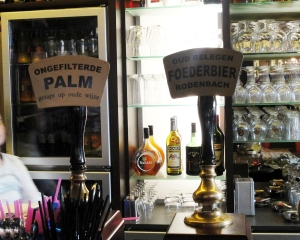 Our next stop is to the town of Roeselare, home of Brouwerij Rodenbach, who is now owned by Brouwerij Palm. We are here to taste Rodenbach’s Foederbier. Foederbier is served only from a cask and is hand pulled into the glass. It is unfiltered and unblended and is aged an average of 2 years in foeders (large wooden oak barrels).
Our next stop is to the town of Roeselare, home of Brouwerij Rodenbach, who is now owned by Brouwerij Palm. We are here to taste Rodenbach’s Foederbier. Foederbier is served only from a cask and is hand pulled into the glass. It is unfiltered and unblended and is aged an average of 2 years in foeders (large wooden oak barrels).
The beer itself has no carbonation; it gets its head from the aerator on the hand pull. Look at how long the head lasts.
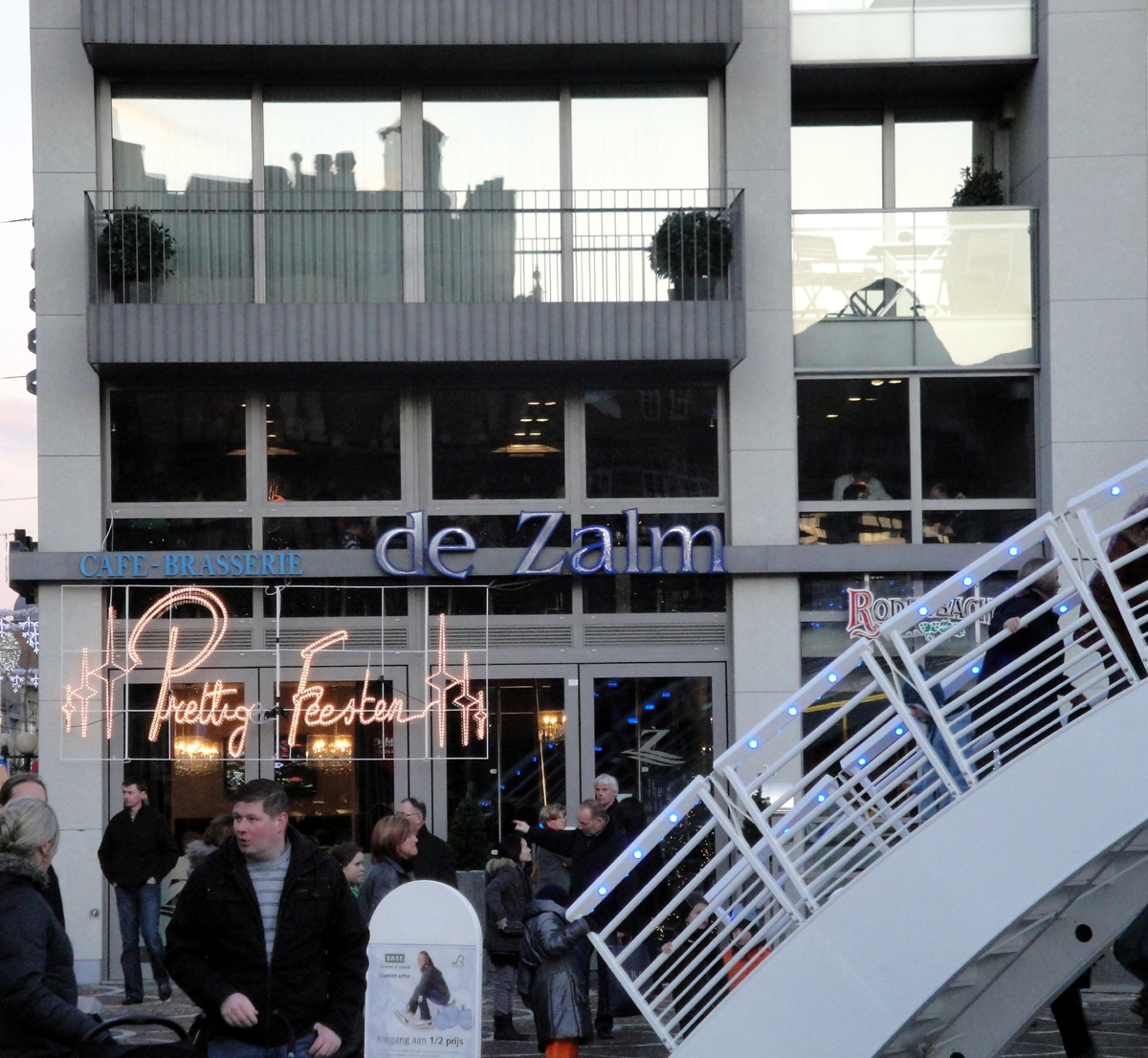 Foederbier is served in only a couple of select cafés in Belgium, one of them being De Zalm, in Roeselare. Foederbier is usually a little more tart then the Rodenbach Grand Cru, but this one was a little more on the sweet side of tart and delicious. They say every vintage Foederbier taste different.
Foederbier is served in only a couple of select cafés in Belgium, one of them being De Zalm, in Roeselare. Foederbier is usually a little more tart then the Rodenbach Grand Cru, but this one was a little more on the sweet side of tart and delicious. They say every vintage Foederbier taste different.
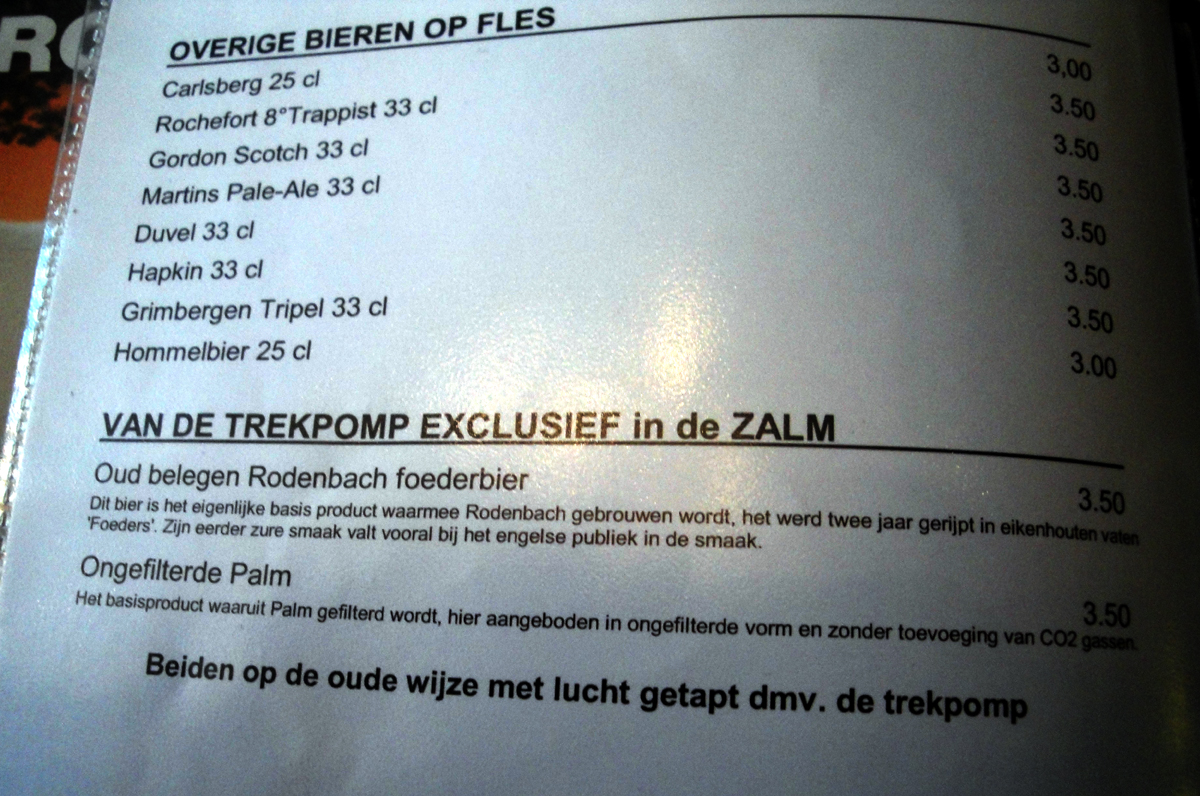 Foederbier’s taste is a cross between an Oud Bruin (oak aged brown) and a Flanders Red Ale. It averages at 6% abv and cost 3.50 euros here.
Foederbier’s taste is a cross between an Oud Bruin (oak aged brown) and a Flanders Red Ale. It averages at 6% abv and cost 3.50 euros here.
We then headed to the town of Tielt to get some tapas and beer at Taverne (Tapasbar) Pado.
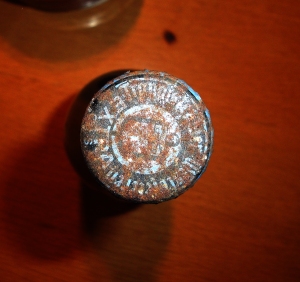
Our 1st beer of the night is possibly (see below) a Westveleteren Extra 8 of over 40 years old. Notice the word EXTRA on the rusty blue cap –not something you’ll find on their modern caps.
This beer had the taste & characteristics of a fine sherry or port wine. Because of the notes of tobacco as well as the woodsy flavor, it was most likely aged in wooden barrels. This lead us to believe that this bottle was made in 1968 or before because it is thought that the Saint Sixtus Abbey stopped using wooden barrels for aging their beers in or around 1968 and switched to using nothing but stainless steel barrels. (However, the turnover to all stainless could have taken another 3-4 years.)
Here is a video of the expert pouring. (filmed by my unnamed friend)
[youtube=http://www.youtube.com/watch?v=3jg-CGywAmw]
BTW, the gentleman pouring this beer, Dominiek, is one of the owners of Tapasbar Pado. This pub is one of maybe 2 dozen who earned the Orval Ambassadorship with the high distinction of Cum Laude from Orval in 2008. (notice his apron). BTW although the beer WAS NOT purchased there, we were just fortunate enough to have it poured by this local expert. For those of you who are curious, labels have not been used on the Westveleteren bottles since 1946.
After we had whet our appetites with this gem, we decided to sample:
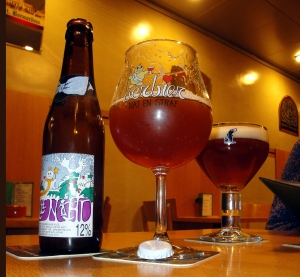
The 2003 Stille Nacht from the Brouwerij De Dolle Brouwers. Notice on the bottom of the label is has a large 12%. That was the last year they did that. It’s 12% what? Since it did not specify ABV or being 12% of anything they had to discontinue using this label. In future years they placed the date it was bottled in that spot. Stille Nacht is a Belgium Strong Ale, and this was indeed 12% abv.
Keyte Dobbel-Tripel is made by Brouwerij Strubbe. It is a Belgian Strong Dark Ale, 9.20% abv. This beer tasted and had the appearance of a Dubbel and the abv of a tripel, so maybe that’s how it got its name?
Here is the 2nd Trappist beer of the evening, Orval. It is made at the Brasserie d’ Orval S.A. Orval is a Belgian Pale Ale and is 6.9% abv. It has both a hoppy taste and a funky taste and because of that I find people either love it or don’t. Notice the great creamy head on this beer after it was poured by an expert. This stayed on top like a serving of pudding!
Next we will explore the town of Bruges, with many more beery places and beers to be had. Stay tuned for Part 2








